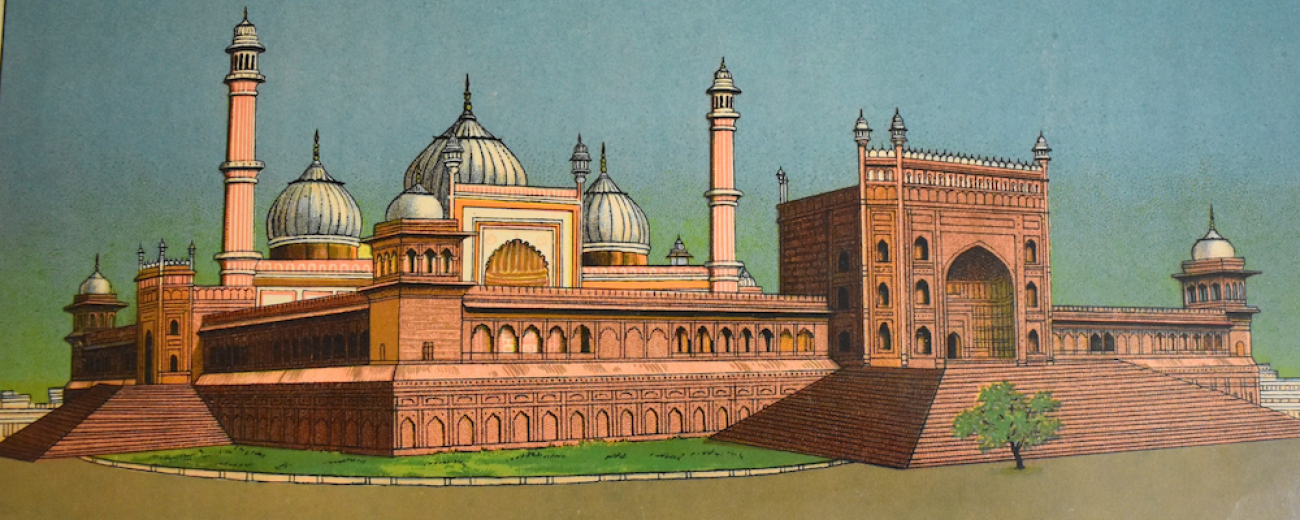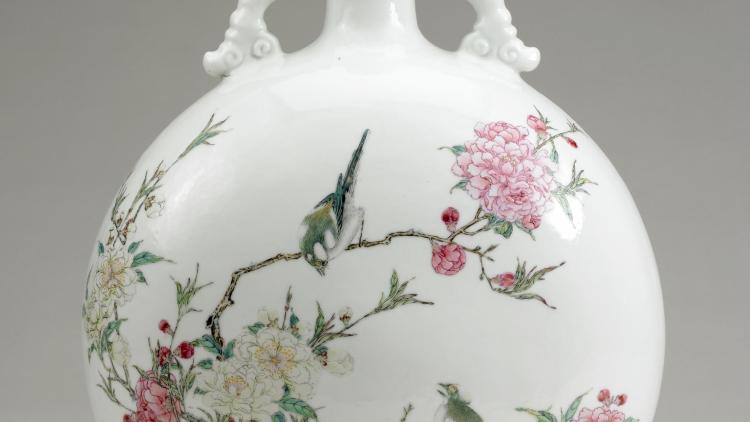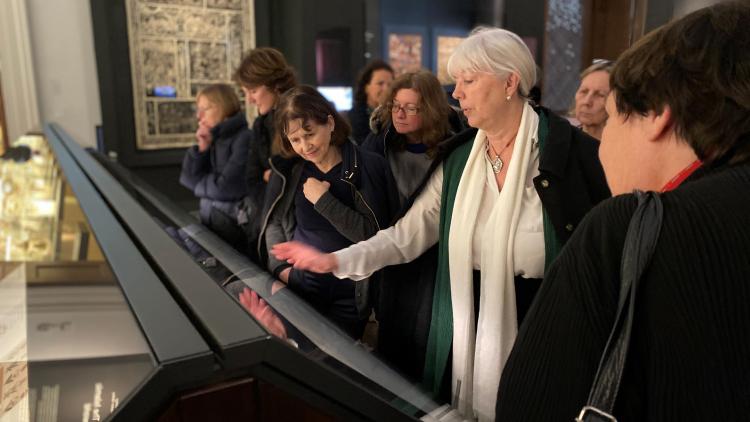Mass-printing the divine: Early 20th-century Indian lithographs at SOAS Gallery


Collections & Engagement Officer Lucy Kauser presents newly acquired early 20th-century Indian lithographs at SOAS Gallery, highlighting its role in popularising religious and historical imagery and the gallery’s acquisition process.
In the early 20th century, the production of lithographic prints in India flourished, transforming the accessibility of religious and cultural imagery. These prints, often sold in markets and religious centres, played a significant role in domestic devotional practices and the visual culture of the time. SOAS Gallery recently acquired a set of eleven such prints, dating from approximately 1910 to 1930, which offer valuable insights into the artistic and commercial networks of modern India.
This collection was donated by Sue Farmer, whose great-uncle, Reverend Robert Hamilton Whelan (1885–1959), originally purchased them during his time as a missionary in India (1913–1921). Passed down through generations, these prints eventually arrived at SOAS, where they have now been studied, translated, and contextualised for both academic and public use.
Assessing the acquisition: Why these prints matter
For an artwork to be accepted into the SOAS Collections, it must meet several key criteria. It must be from or about the regions SOAS covers (Asia, Africa, and the Middle East), have clear provenance, be in good condition, and be suitable for both teaching and display. As part of our procedure, we sought academic opinion and asked Dr Crispin Branfoot, Reader in the History of South Asian Art at SOAS, to evaluate whether this set would be a meaningful addition to the collection.
Dr Crispin Branfoot confirmed that these prints are excellent examples of early 20th-century mass-produced Indian prints.
Dr Branfoot confirmed that these prints are excellent examples of early 20th-century mass-produced Indian prints. Not only were they in good condition, but their subject matter aligned closely with themes covered in his MA module, Deities, Devotion, and the Arts of Hinduism. Given their historical and pedagogical relevance, the Gallery proceeded with the next steps of acquisition.
Research: Identifying the prints
Once the prints arrived at SOAS, we completed condition reports on them (a museum process where the physical state of an object is assessed and documented) and began initial research into them. While some subjects were immediately recognisable, many were unfamiliar. Fortunately, most prints include inscriptions in Hindi, so we translated them into English. The prints depicted a range of subjects, including Hindu mythological scenes such as Ram Ravan War (a battle scene from the Ramayana), and Ganapati (an image of Ganesha). There are also architectural scenes, depicting Humayun’s Tomb and the Jama Masjid in Delhi.
A few prints lacked titles, likely due to damage over time, as the margins where inscriptions were placed were often the first areas to wear away. To identify these subjects, we reached out to some museum professional friends in India. One happened to be currently documenting Hindu manuscripts in Varanasi, and was particularly helpful in recognising two obscure scenes. One print was identified as Narasimha (avatar of Vishnu) killing the demon king Hiranyakashyap, and the other as depicting Kalia Daman, a story about the battle between Lord Krishna and the snake Kaliya in the Yamuna River.
Next we needed to confirm the date and method of printing. We consulted one of our SOAS art technicians, John Swarbrick, who is also a professional artist. Upon examining them, he immediately identified them as lithographic prints from the 1920s–30s. This assessment was further supported by comparisons with similar prints documented in academic publications (see further reading below) and online auction records.
Context and significance
Most of these prints were produced by the renowned Ravi Varma Press, founded by Raja Ravi Varma (1848–1906), a pioneer of modern Indian art. His press played a crucial role in popularising religious and historical imagery, making high-quality reproductions accessible to a wider audience. These prints exemplify how lithography intersected with devotional practices, commercial art, and colonial-era artistic exchanges.
These prints exemplify how lithography intersected with devotional practices, commercial art, and colonial-era artistic exchanges.
The acquisition of this collection enhances the SOAS Gallery’s holdings in significant ways. These prints will serve as an important teaching resource, allowing students to engage directly with early 20th-century visual culture. They also provide a valuable complement to existing artworks in the collection, particularly those depicting Hindu narratives and South Asian architecture.
A selection of these prints will be on rotating display in the SOAS Gallery from April 2025. The SOAS Gallery is free and open to the public Tuesday through Saturday, 10:30am - 5pm, and late on Thursdays until 8 pm.
Further reading
- Davis, Richard H. Gods in Print: Masterpieces of India’s Mythological Art. San Rafael, CA: Mandala, 2012.
- Pinney, Christopher. Photos of the Gods: The Printed Image and Political Struggle in India. London: Reaktion, 2004.
- Pinney, Christopher. ‘The Material and Visual Culture of British India’. In India and the British Empire. Oxford: Oxford University Press, 2012. https://doi.org/10.1093/acprof:oso/9780199259885.003.0010.
About the author
Lucy Kauser is the Collections and Engagement Officer at the SOAS Gallery.




